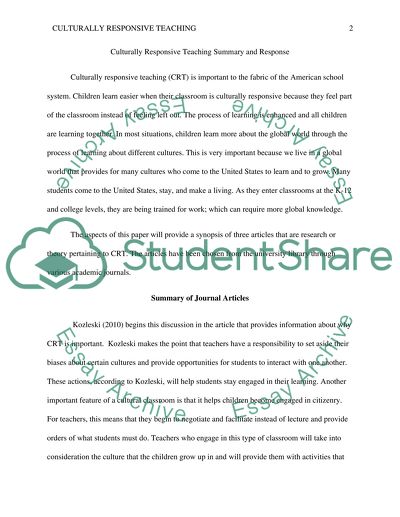Cite this document
(“Culturally Responsive Teaching Summary and Response Research Paper”, n.d.)
Culturally Responsive Teaching Summary and Response Research Paper. Retrieved from https://studentshare.org/education/1475597-culturally-responsive-teaching
Culturally Responsive Teaching Summary and Response Research Paper. Retrieved from https://studentshare.org/education/1475597-culturally-responsive-teaching
(Culturally Responsive Teaching Summary and Response Research Paper)
Culturally Responsive Teaching Summary and Response Research Paper. https://studentshare.org/education/1475597-culturally-responsive-teaching.
Culturally Responsive Teaching Summary and Response Research Paper. https://studentshare.org/education/1475597-culturally-responsive-teaching.
“Culturally Responsive Teaching Summary and Response Research Paper”, n.d. https://studentshare.org/education/1475597-culturally-responsive-teaching.


